100 Managers' Toolbox: Cause and Effect Analysis
When a problem has many elements, and it is necessary to identify the root cause of a problem as distinct from the symptoms, we have to apply Cause and Effect Analysis
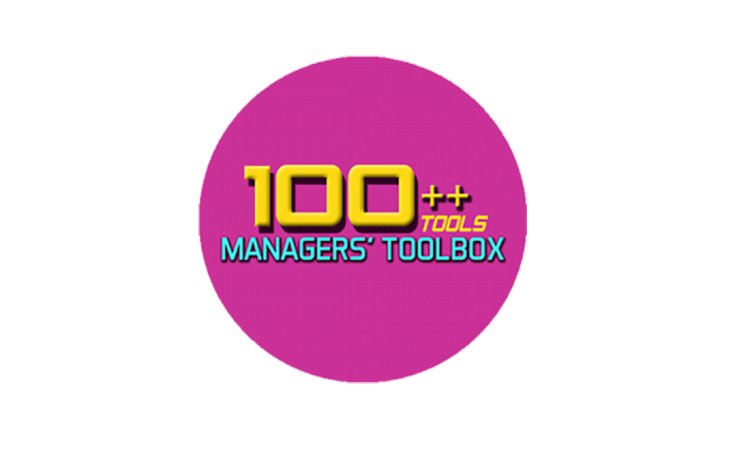
When to use
When a problem has many elements, and it is necessary to identify the root cause of a problem as distinct from the symptoms.
What you get
It develops a holistic and logical representation of a problem broken down into a pictorial format.
Time
From half-an-hour to 4 hours depending on level of detail required
Number of people
For best results 2-10 people.
Equipment
A large area visible to all, which can be written on
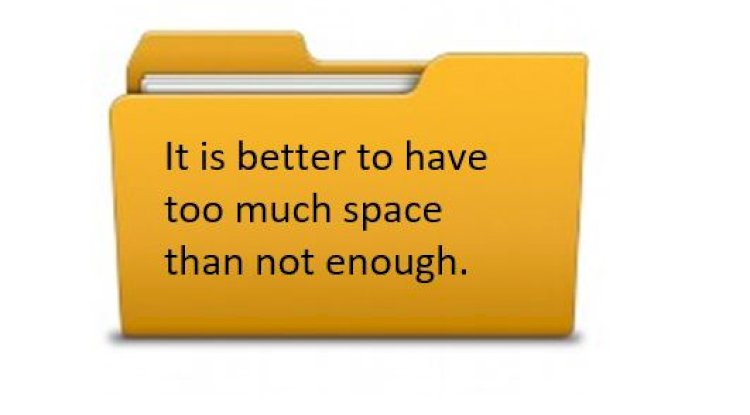
Method
1. Identify the problem or effect to be addressed and write it on the right of the diagram.
2. Determine the major areas that contribute to the effect and put them on the end of the bones.
3. Collect the causes within each of the major areas that contribute to the effect.

4. Ask ‘why’ of the causes to get to the root cause.
5. Collect data to understand the impact of these cause on the overall problem, see tool 92 : Vital few Analysis.
6. Priorities the causes to improve for maximum benefit, see tool 26: Effort Impact Graph
Example
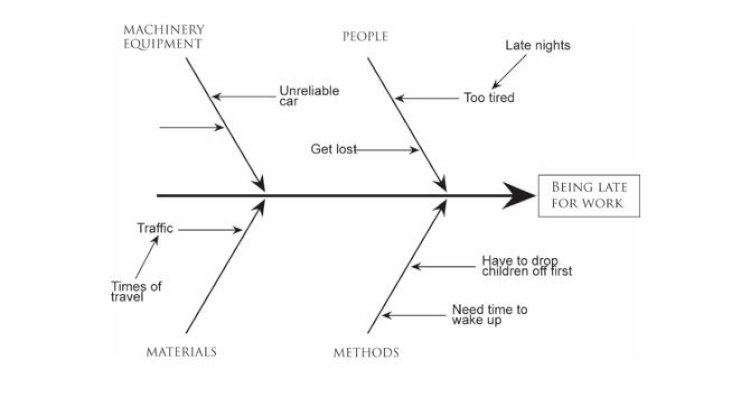
Example
Build a cause and effect diagram for the problem of not having enough hours in the day
Key Points
It is important to ask ‘why’ this is what brakes the symptoms back to their root Couse.
Common major areas are: plant, equipment, materials, people, environment and method. If ideas
are slow coming use these to prompt, e.g. ‘what in people is causing….?’ ‘They were so busy
fighting off the alligators, no one had time to consider draining the swamp’.
Additional comments
These are sometimes called ‘Fishbone’ or ‘ Ishikawa’ diagrams.
These sessions can also be run in reverse. That is, the group brainstorm a whole host of causes of a problem. These ‘brainstormed’ causes can then be grouped into Major Causes on a diagram. Sometimes this approach helps people to see interactions between causes and appreciate other people’s issues.
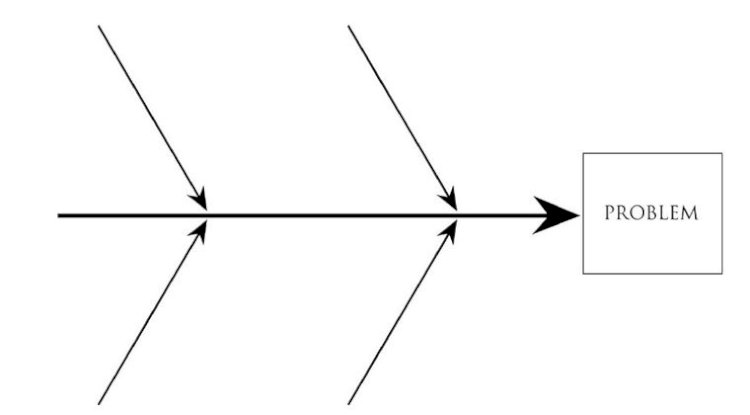
Share
 Like
0
Like
0
 Dislike
0
Dislike
0
 Love
0
Love
0
 Funny
0
Funny
0
 Angry
0
Angry
0
 Sad
0
Sad
0
 Wow
0
Wow
0
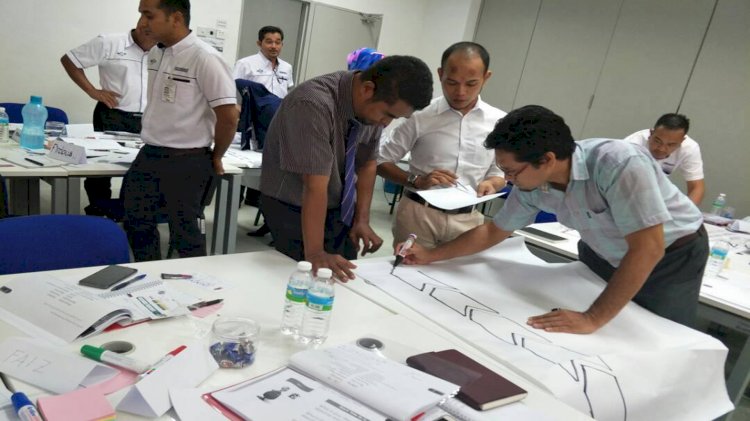




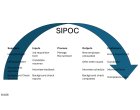

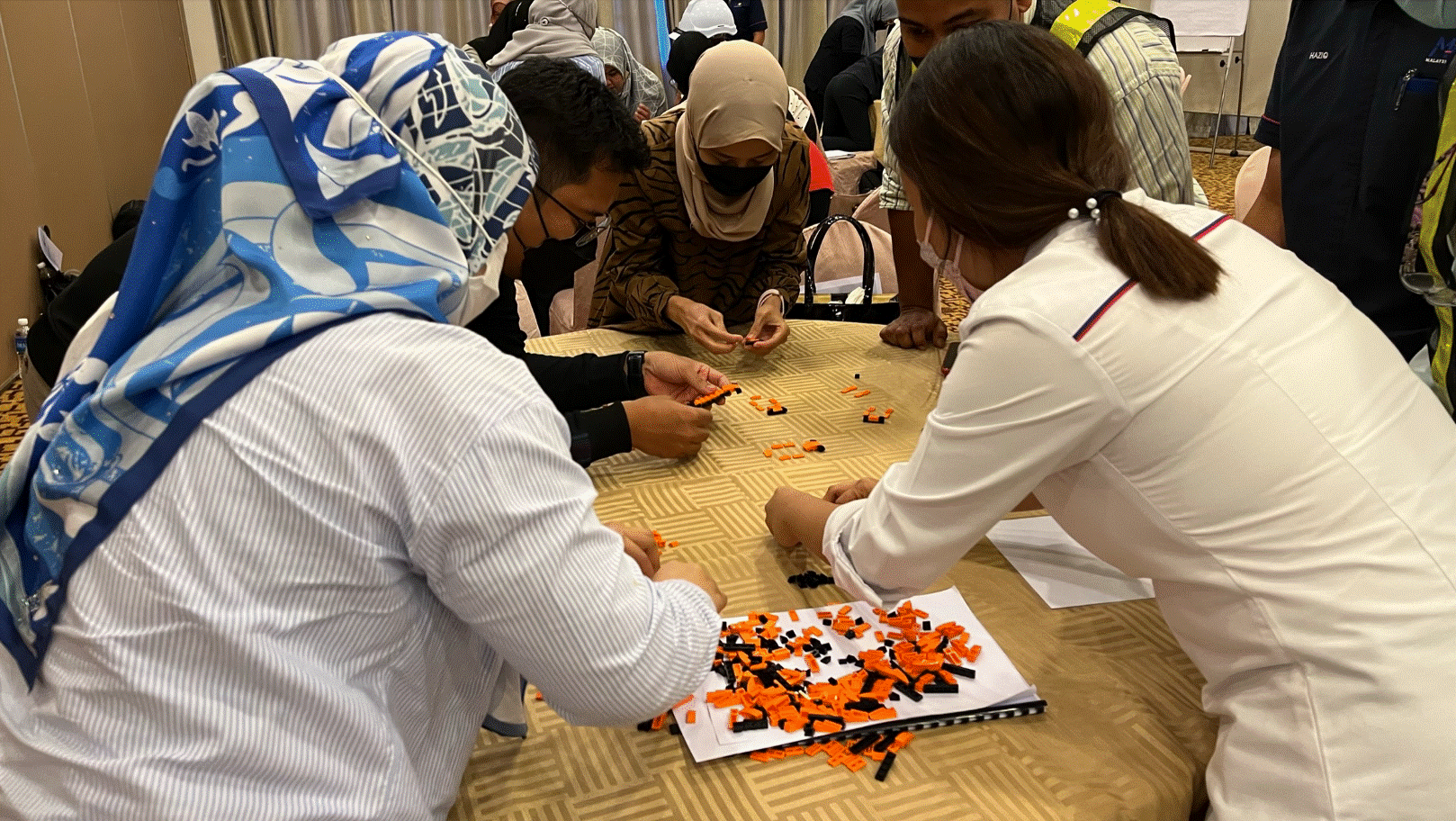
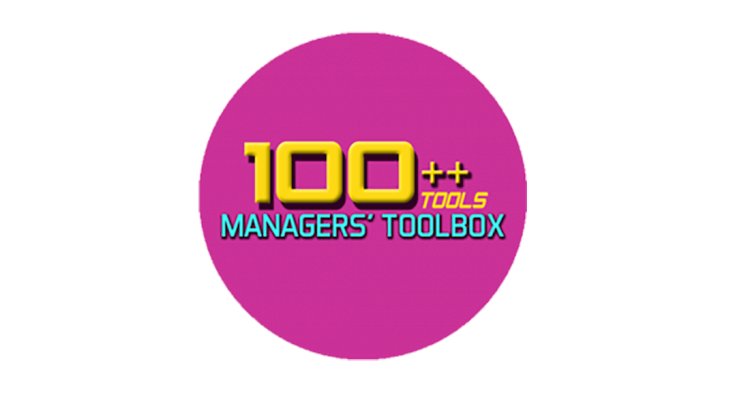
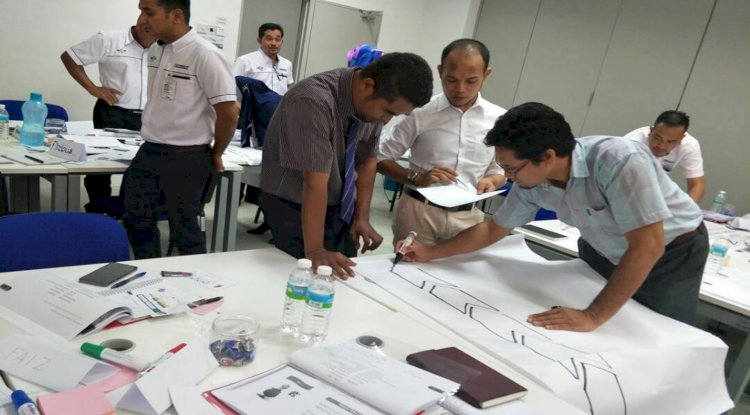
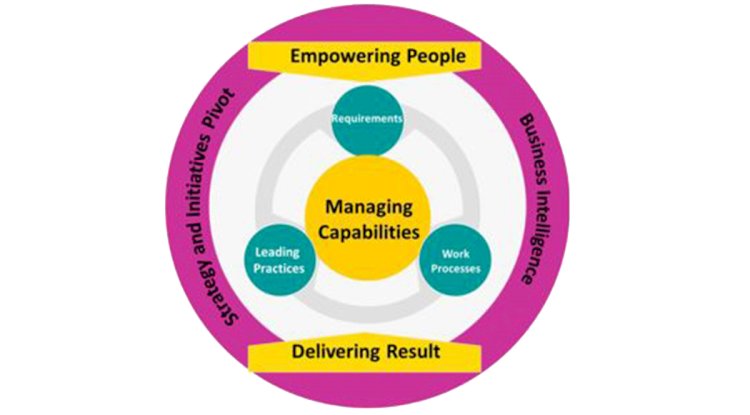
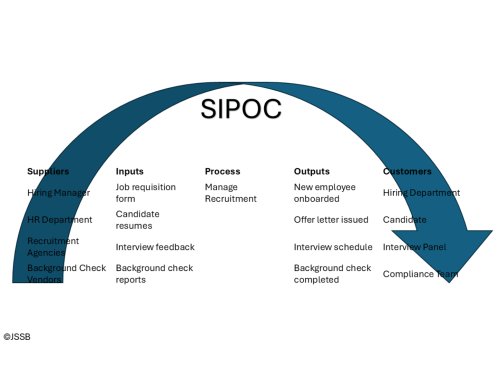
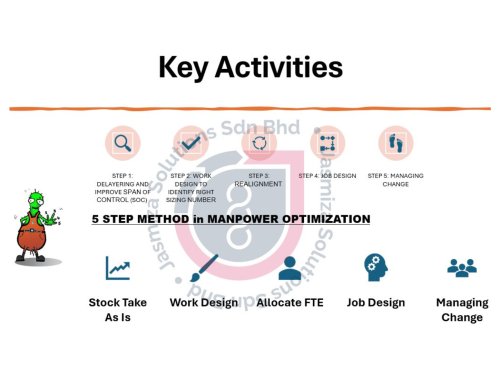
This is a brilliant article, Given such a great amount of data in it, this kind of articles keeps the clients enthusiasm for the site, and continue sharing more <a href="https://360digitmg.com/course/data-analytics-using-python-r">data analytics course</a>